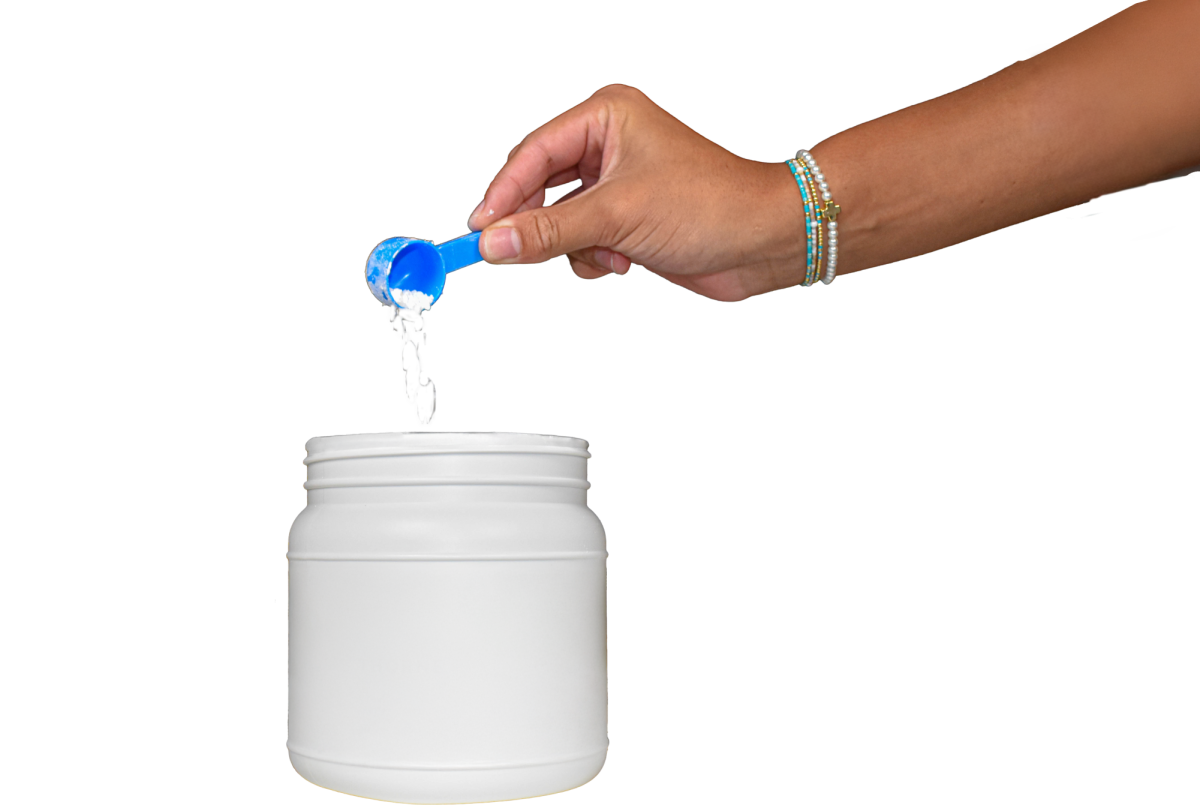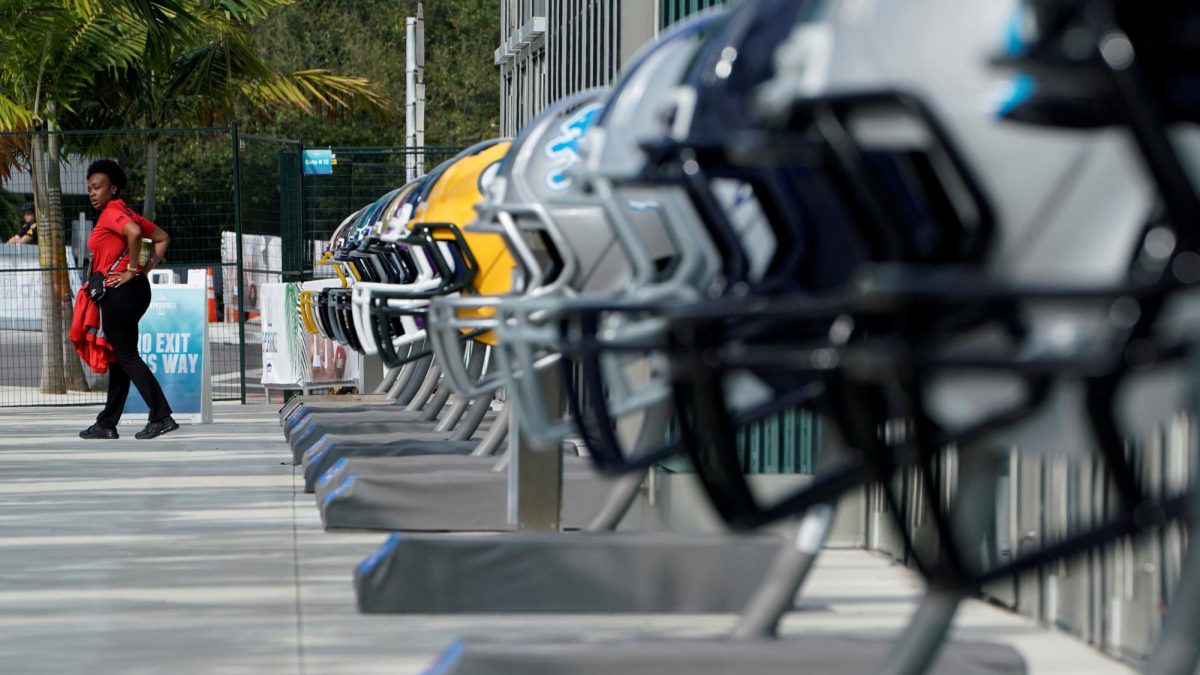It doesn’t look much different than any other bat. Same length. Same material. But a slight shift in the barrel on the bat has turned the torpedo bat into baseball’s most controversial and powerful equipment.
By subtly shifting the sweet spot lower and closer to the hitter’s hands, the torpedo bat is designed to bring the sweet spot in line with where many players tend to make contact. This adjustment on the bat has been met with criticism from baseball fans after the New York Yankees hit a record-setting 18 home runs in their first four games of the season. Five of the Yankee players who hit home runs were using the torpedo bat, and they accounted for 11 of the 18 home runs. However, Rule 3.02 requires bats to be no more than 2.61 inches in diameter, no longer than 42 inches, and made from one piece of solid wood.
The torpedo bat was an innovation created by Aaron Leanhardt, a physicist at the Massachusetts Institute of Technology, who joined the Yankees’ analytics department in 2022. After spending time with players in the minors, Leanhardt noticed that the players were often missing the ball or hitting it awkwardly instead of making solid contact.
By moving the bat’s sweet spot closer to where the struggling hitters naturally made contact, Leanhardt created a weapon that made it easier to generate clean, hard contact. The Yankees began using them in the Minor League before beginning to use them in the Major League Baseball (MLB) last season during the American League Championship Series (ALCS).
Giancarlo Stanton began using the bat during the 2024 season. He crushed four home runs during the ALCS against the Guardians and was named Most Valuable Player of the series. But what many didn’t know at the time: Stanton was playing through pain in both elbows. He told reporters his elbow issues could have been related to “ some bat adjustments.”
The bat seemed to help him stay productive despite injury, though it seems that the modification may have been the cause, due to the altered swing mechanics and different bat.
The change in swing path and muscle usage could force hitters to compensate in ways they are not used to. Players may start to put pressure on their elbows, wrists, and shoulders over the course of a 162 game season. If the torpedo bat is going to stick around for a long time, player safety and long-term health may become part of the discussion just as much as performance.
While the torpedo bat still technically fits MLB’s requirements for legal equipment under Rule 3.02, some players and fans like Youth Baseball Umpire and varsity baseball player Matias Morales argue it crosses an ethical line.
“(It’s) definitely an unfair advantage,” Morales said. “There’s a catcher for the Yankees, Austin Wells, who hit a home run off the lower end of the bat. You’re not supposed to hit a home run like that. With a regular bat, it probably would’ve been a routine fly out or even broken the bat. It gives people home runs for free.”
Not everyone sees the torpedo bats as a problem for the game of baseball. Some argue that innovation is simply a natural part of the game’s evolution.
“Players are doing everything to try to get an edge today legally, and I think they should,” Milwaukee Brewers manager Pat Murphy said in an ESPN interview. “I think whatever is good for the offensive game is good for the game.”
While the motivation is understandable, players believe some argue that the result is an unfair edge. They believe that the bats may help hitters keep up with rising pitch velocity and increasingly talented fielders, but they also alter the game’s balance in a way that feels unnatural.
“Pretty much every pitcher throws 100 miles an hour,” Morales said. “(The new bats) show that the game is advancing, but at the same time we’re trying to find ways to catch up. We should stop using (them), so players can learn how to hit the ball without assistance.”
















